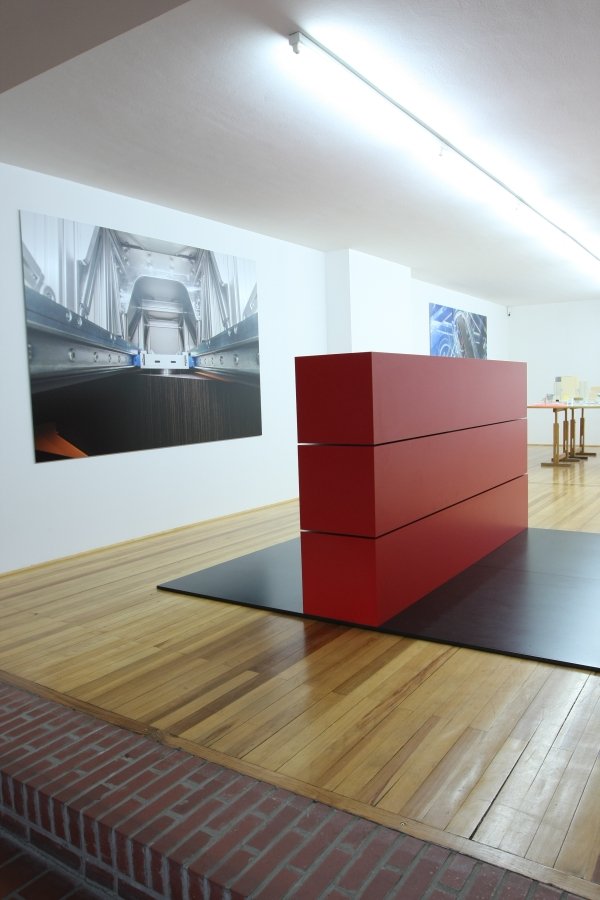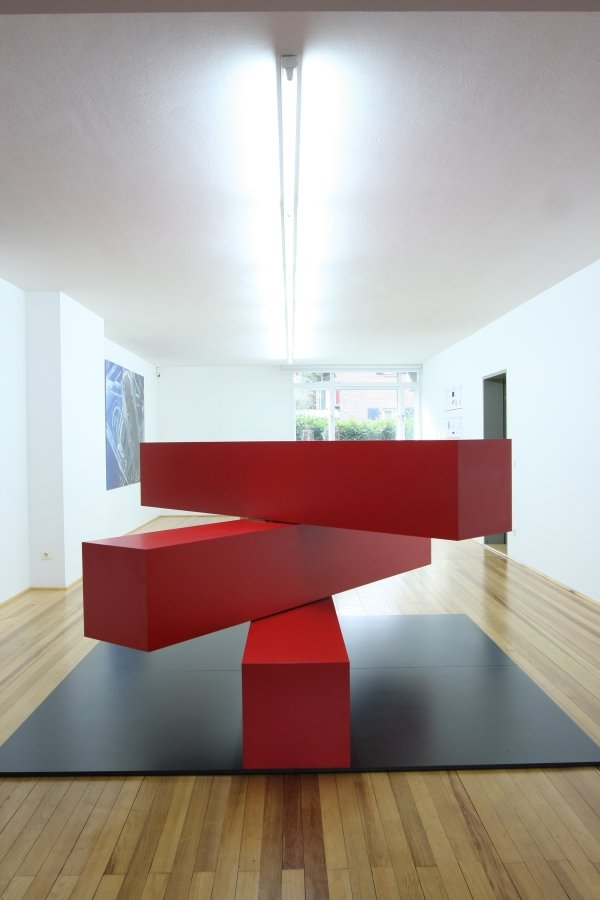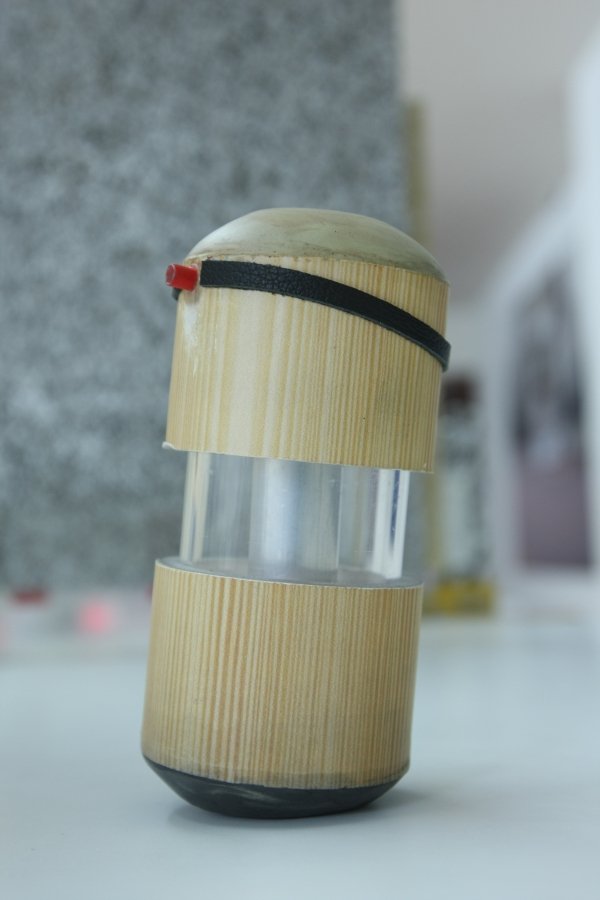Following on from system design at the MAKK and the more autonomous product design featured at Objects in Between, we bring you an exhibition in Cologne presenting a third product design category: the collection.
Whereas systems require a connector, a universal node, collections can be considered a series of related products which although created in the one context need not have a connection. Other than having been created in the same context.
For their Passagen Cologne 2015 exhibition Ungers Archiv für Architekturwissenschaft are presenting the Tools for Life collection by Rem Koolhaas & OMA for Knoll.

Premièred at Milan 2013 the Tools for Life collection marks Rotterdam architecture bureau OMA's first foray into commercial product design and was realised in response to a Knoll brief for a collection of products which exist between an office and domestic environment and which allows for working at a range of different heights.
The result is a collection of tables, chairs and shelving with a very, very unique form language and aesthetic.
Although the exhibition at the Ungers Archiv should be presenting the products Counter and Coffee Table, "logistics problems" mean that only Counter is present.
Something that while regrettable, is perhaps not that disastrous.
The exhibition space in Ungers Archiv isn't very big, the Tools for Life Counter is. And so it is, all things considered, probably for the best that the Coffee Table is not on show as it gives Counter the space it needs to fully reveal its character.
In essence composed of three beams which can be individually moved and positioned, Counter is intended as an object for both allowing individuals to work either sitting or standing as well as a location for facilitating informal team meetings.
In our original post from Milan we noted in context of Counter that "Innovative and interesting as the functionality unquestionably is, we’re just unsure who actually needs or wants such. And certainly in an object that stands around one metre high and two metres long."
Having seen it again in Cologne we maintain our position. Whereas we fully accept the need, importance and sense of allowing for flexible meeting and working arrangements, and also understanding that in addition to a variable counter it also serves as a static room divider, we just don't get this shifting and repositioning such a monolith. For us it is a little too ungainly. Asks too much of the user rather than assisting the user.
But then we also don't do team meetings. The idea of standing around with colleagues, informally discussing a project is as alien to us as it is terrifying.
And so maybe we just lack an understanding of the context to be able to fully appreciate it: "it isn't you darling, it's us", as it were.

Aside from the chance to get to grips with Counter one of the real joys of the exhibition is that, as ever with Ungers Archiv exhibitions, a large part of the presentation is devoted to explaining the design development process; products are all well and good, but development processes are fundamental to understanding products and in the Ungers Archiv exhibition one can clearly follow the development of the Tools for Life project from the original Knoll brief to the finished collection.
Something achieved particularly well in context of the absent Coffee Table where one can see how the initial attempt to create a table from various elements which could be manually repositioned became the final, mechanical, version.
In addition the Ungers Archiv is presenting an object, albeit in only in model form, which wasn't shown in Milan and doesn't feature in any of the publicity for the programme: the so-called Perch, a height adjustable rocking stool which resembles a Minion from the film Despicable Me, and which just like the playful Minions looks very much like something worth getting to know a little better.

In our 2013 post from Milan we commented that the Tools for Life collection was for us more Haute couture than prêt-à-porter, a collection in which the focus on technology has been allowed to dominate to the determinant of the form and aesthetics; but also that the collection contains "enough genuine technical innovation and interesting new thinking" to indicate that some very good, off-the-peg, products could also be realised.
Speaking in Cologne with Antonio Barone from the OMA product design team and lead designer on the Tools for Life project, it appears that having cut their teeth on the Knoll collection there is interest at OMA in realising further commercial furniture design projects, and reading between the lines that could mean new products which have the potential to be more universally accessible than the Tools for Life collection.
We'll be sure and keep you updated.
And for all in or near Cologne and wanting to learn more about the Tools for Life collection, Rem Koolhaas – OMA Tools for Life runs at Ungers Archiv für Architekturwissenschaft until Sunday January 25th.
Full details can be found at www.ungersarchiv.de